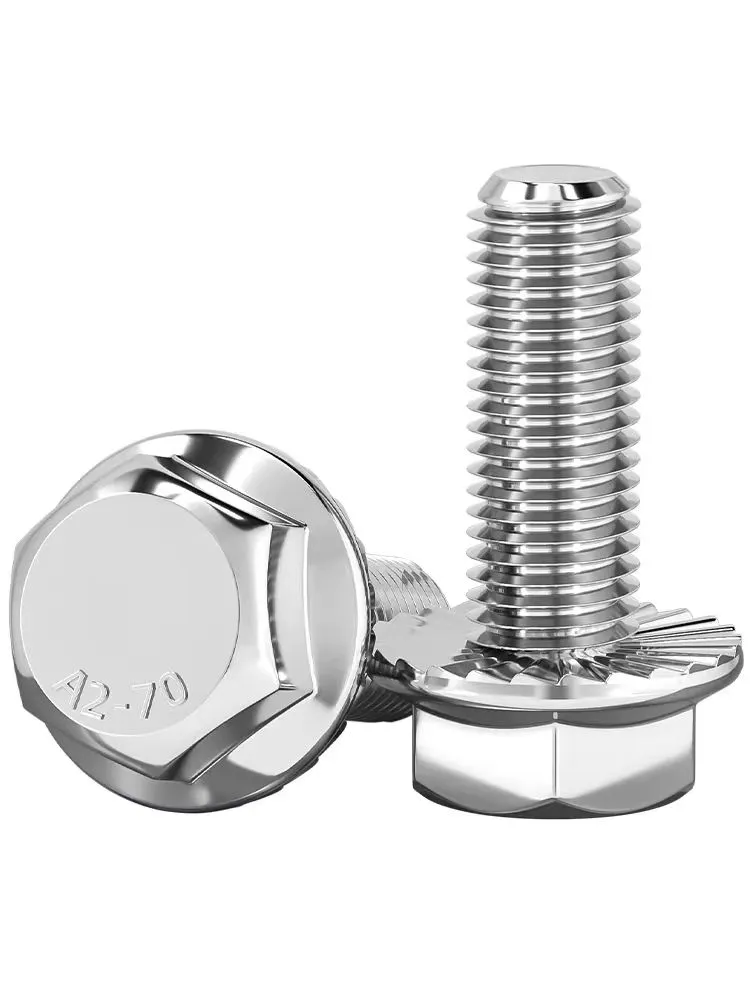

High Strength A325 Type 3 Bolts for Structural Applications and Heavy-Duty Construction Needs
يوليو . 28, 2024 12:58 Back to list
High Strength A325 Type 3 Bolts for Structural Applications and Heavy-Duty Construction Needs
Understanding A325 Type 3 Bolts Key Features and Applications
A325 Type 3 bolts are an essential component in the construction and engineering sectors, widely used for their robust mechanical properties and reliability in structural applications. These bolts are made from a specific grade of steel and are designed to meet stringent standards, making them a preferred choice for structurally critical connections.
Material Composition and Properties
A325 Type 3 bolts are typically made from medium carbon steel, with a specific emphasis on their toughness at low temperatures. The production process involves heat treatment, which enhances their mechanical properties, ensuring they can withstand high levels of stress and potential impact. The bolts possess a minimum yield strength of 105 ksi, which translates to a greater ability to resist deformation and failure under load. This makes them ideal for heavy-duty applications where safety and structural integrity are paramount.
Distinctive Features
One of the most notable features of A325 Type 3 bolts is their ability to perform well in corrosive environments. Unlike other types of A325 bolts, which may require additional coatings or treatments for corrosion resistance, Type 3 bolts are specifically designed to retain their strength and performance in harsh weather conditions. This property is particularly beneficial in infrastructure projects such as bridges, high-rise buildings, and wind turbines, where exposure to the elements can significantly impact longevity and safety.
Installation and Applications
a325 type 3 bolts

Installation of A325 Type 3 bolts typically involves the use of socket or wrench-driven tools, ensuring that the bolts can be securely tightened to the required torque specifications. The use of a proper installation technique is vital as it directly influences the overall safety and functionality of the structure. Because of their strong performance and corrosion resistance, A325 Type 3 bolts are commonly used in a variety of applications, including steel structures, cranes, and other heavy machinery.
These bolts are particularly predominant in industries such as construction, manufacturing, and aerospace, where structural integrity is crucial. In construction, they are often used in beam-to-column connections, securing metal frames, and supporting heavy loads. Their reliability in high-stress situations makes them irreplaceable for engineers and architects.
Standards and Regulations
A325 Type 3 bolts are manufactured following strict standards set by organizations such as the ASTM (American Society for Testing and Materials). Compliance with these regulations ensures that the bolts meet specific performance criteria, which include aspects such as tensile strength, shear strength, and corrosion resistance. Engineers and construction professionals often refer to these standards when specifying materials for projects, ensuring that all components used will perform as intended with the desired safety margins.
Conclusion
In conclusion, A325 Type 3 bolts play a crucial role in ensuring the safety and durability of various structural applications. Their unique composition, strength, and resistance to corrosion make them an invaluable asset in the engineering toolkit. When specified and used correctly, they can significantly enhance the reliability of structures, providing peace of mind to engineers and safety to the public. As construction techniques evolve and demands for high-performance materials increase, A325 Type 3 bolts will continue to be a staple in the industry, meeting the dynamic needs of modern engineering challenges.
Latest news
-
Hot Dip Galvanized Bolts-About LongZe|High Strength, Corrosion Resistance
NewsJul.30,2025
-
High-Strength Hot Dip Galvanized Bolts - Hebei Longze | Corrosion Resistance, Customization
NewsJul.30,2025
-
Hot Dip Galvanized Bolts-Hebei Longze|Corrosion Resistance&High Strength
NewsJul.30,2025
-
High-Strength Hot-Dip Galvanized Bolts-Hebei Longze|Corrosion Resistance&High Strength
NewsJul.30,2025
-
Hot Dip Galvanized Bolts-Hebei Longze|Corrosion Resistance&High Strength
NewsJul.30,2025
-
Hot Dip Galvanized Bolts - Hebei Longze | Corrosion Resistance, High Strength
NewsJul.30,2025

